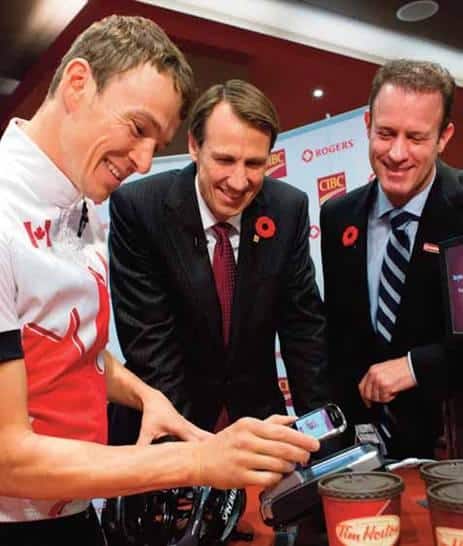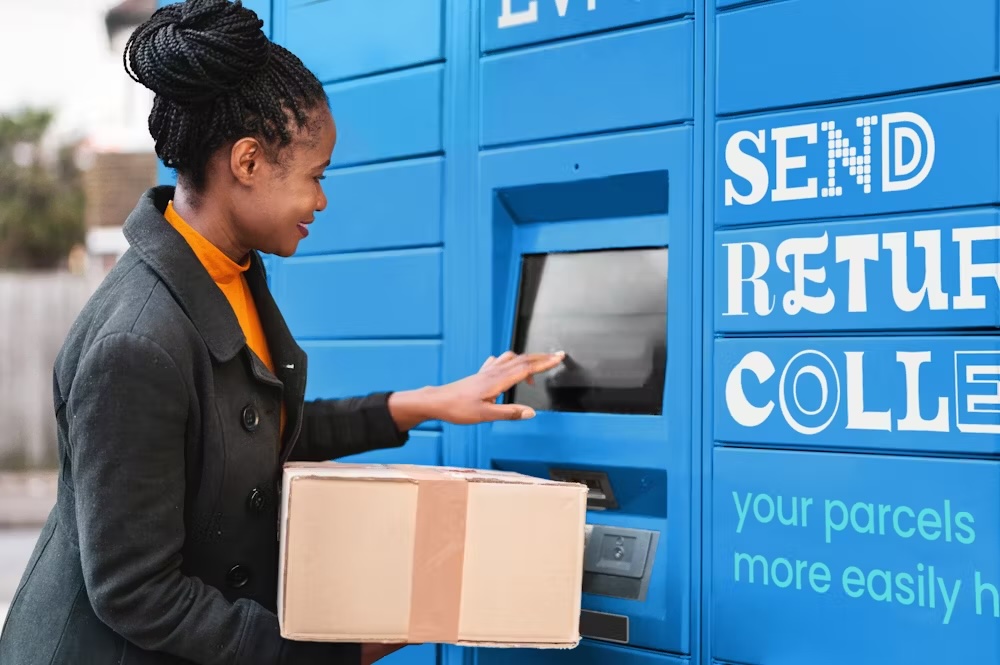The idea of paying for things with a mobile phone is possibly one of the most complicated technology ideas currently in play. Paul Skeldon sheds light on what’s happening in this fast changing area.
Currently, there are so many potential ways of doing mobile payments that it is hard to know which horse to back and, as retailers look ever more closely at the true ROI of investing in unproven mobile technologies, it starts to become very unclear as to whether there is really any reason at all to invest in mobile payments.
Of course, the big thing that everyone thinks about when they consider mobile payments is NFC, the contactless technology that is all anyone not really in the know about mobile payments talks about.
Currently, according to Javelin Group in the US, less than 0.01% of payments are done in stores using contactless payments. By 2018, it predicts, this will have risen to 13%. That is some $5.4bn – but still less than a fifth. NFC is, in many ways, a busted flush.
Let’s face it, Apple hasn’t put out an NFC phone, so if they don’t think it is going to happen then it possibly won’t.
And consumers are not going to wait around until 2018 for NFC chips to appear in handsets and for the tech at the POS to appear. Rather, they will drive this thanks to the efforts of banks, operators and retailers trying to gain some first mover advantage in payments.
“There is an argument raging as to who owns the customer when it comes to mobile payments and the thing is the customer owns the customer,” says Steve Ellis, Executive Vice President & Group Head of Wholesale Services at Wells Fargo Bank. “It will be the users who will decide how they want to pay and what is easiest for them. It would be rash for retailers to opt now for any particular kind of payment tool in stores.”
But this leaves the conundrum that retailers are going to have to watch and wait while many different kinds of mobile payment tools vie for position. Should retailers invest heavily in NFC and hope that it happens? Sign up with the UK network operator-backed Weve to get mobile marketing and payments tools as a service? Instigate their own way of doing it with things like Square that can take card payments on a smartphone? Or perhaps they should invest in a range of payment tools and see where that goes?
PAYMENTS & SERVICE
Clearly, none of this is practical, so what should they do? The latest thinking is that payments is not about installing some new technology that you add to you POS, but is about a rethink of the whole way shops work.
Why should consumers queue up to pay at a check out? Why can’t they pay with some sort of one click on their device as they do with Amazon online and on apps? Can’t the sales staff walk the floor, armed with devices and not only be more informed and helpful, but also take payments and email receipts?
It sounds far fetched to rethink the whole POS idea, but it is actually a very economic way of doing it, since you can start to combine the service with getting people to download your app, sign up and use it repeatedly in store: it generates vast amounts of data about who they are and what they do.
Secondly, even issuing email receipts gives the retailer the chance to add offers or interact with the customer. In fact, mobile payments – when not done through NFC – offers a hitherto untapped marketing channel too.
But is this all missing the point entirely: should perhaps payments – mobile or otherwise – simply be something buried in the experience? Is that perhaps what mobile payments really offers?
“Taxi hiring app Hailo is a great example,” says Niklas Bartelt, MD of DZ Bank. “The payments part is just buried within it. It is taken as a given when you sign up: you hail a taxi from the app and it is just paid for when you get out at your destination. This is more likely to be the way mobile payments develops, especially in retail and services.”
PayPal certainly believes that this is how mobile and payments are going to go. It is trialling PayPal Check In, where you use the PayPal payment app to check in to a store and then to order what you want. When you come to pay it is just verified by the cashier seeing your face as authentication.
“It is being trialled in coffee shops in the US and we will look at trials in Europe,” says Mike Davies, Sales Director UK and Ireland at PayPal, “and it allows consumers to just order and buy what they want simply by checking in somewhere and using their face to pay.”
Unceremoniously dubbed “Pay by face” in the press, this technology is potentially a game changer for retailers and m-payments providers: it takes the idea of what payments actually are and subverts it out of the picture.
FLEXIBILITY
But even this does not get around the fundamental issue that with no one standard of payment technology, no single payment app, no simple way that offers consumers the way to pay anywhere – in the way that cash and cards do – it is never going to fly.
“There is nothing, currently, that mobile payments technologies offer that is easier, cheaper or more flexible than cash and cards to both retailers and consumers,” says Ellis from Wells Fargo. “So why would anyone use them. This is the conundrum.”
Ellis and others believe that the answer lies in mobile wallets, but not the many that are around right now, but in ones that simply act as aggregators for payment types and that can gain widespread acceptance in the retail world by clever deals, better payout rates to merchants and the buy in of the banks.
“The big new is that consumers are ready to adopt mobile payment. What they need is a reason and an incentive to do that first transaction and once they do that first transaction the uptake and the explosion of mobile payments will occur,” explains Matthew Friend, Managing Director of Payment Sat Accenture North America. “They are already looking past just payments and looking to use that mobile wallet for everything they use a physical wallet for.
According to Friend: “[Consumers] are looking to take loyalty, rewards, their driver’s licence, identification, insurance and take it into the mobile wallet,” he said. “They are getting ready to leave that physical wallet behind. They just need to make sure that the rest of the industry and the government is ready to enable it in a secure way.”
…MEANWHILE IN THE REAL WORLD
While the arguments between network operators, banks, retailers and technology providers rages over how best to actually do mobile payments, a very small chain of coffee shops in Jersey has already made it happen, using existing technologies and is very pleased with the results.
David Warr , owner and MD of Jersey-based coffee shop chain Cooper & Co has introduced mobile payments in one of his stores “not for any great business reason, just because it is cool and convenient”. Warr, a strong advocate of mobile payments, however, has seen it drive up sales and increase loyalty.
Cooper & Co use a system that essentially lets customers add money online to a mobile voucher that sits in Apple’s Passbook app. This then gets scanned at the check out. It’s not state of the art, but it works and customers like it. And the interesting thing is that there is no NFC anywhere in sight.
While the mobile industry is falling over itself to get NFC-based contactless mobile payments into stores (despite it being overly complicated, not very good, expensive and there being hardly any NFC enabled handsets in the market right now), it is interesting to see that retailers already embracing it are finding novel ways of doing it.
Warr isn’t phased and believes that eventually we will see NFC contactless mobile payments, but his advice to retailers holding back from doing mobile payments while the picture becomes clearer, is to just go for it. “It’s an evolution. We may end up with lots of ways of doing mobile payments all on offer at once, but that makes it easier for the consumer. Just go for it.”





